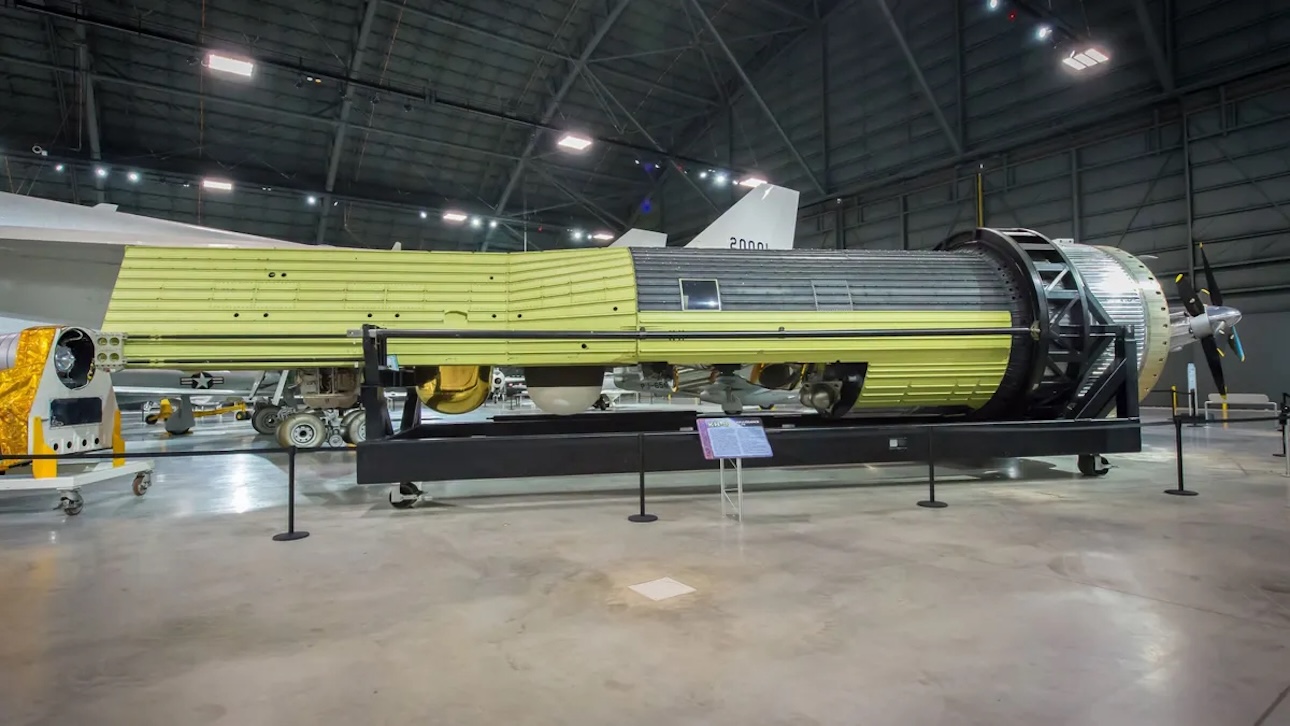Fishes, Vol. 9, Pages 154: Hauling Snow Crab Traps in Eastern Canada: A Study Documenting Tension in Ropes
Fishes doi: 10.3390/fishes9050154
Authors: Genevieve Peck Tomas Araya-Schmidt Paul D. Winger
Entanglement in commercial fishing gear is one of the main factors inhibiting the recovery of critically endangered North Atlantic right whales. Installing low-breaking-strength (LBS) components in the buoy lines and main lines of stationary fishing gear may be a viable solution for some fisheries. But is it an effective solution for deep-water trap fisheries? This study quantified in-line rope tensions observed during fishing operations for snow crab (Chionoecetes opilio) in Newfoundland and Labrador, Canada. We conducted a controlled fishing experiment in which we documented the loads experienced while hauling fleets of traps. The results showed that several factors contributed to the loads observed, including the components of the traps, the presence of crabs, and environmental conditions such as wind direction and wave height. According to the statistical models, the maximum tension from the estimated marginal means was 477.53 kgf in the buoy line and 987.99 kgf in the main line for the baited hauls, which exceeds the safe working load (154 kgf) of the proposed low-breaking-strength components. Our results suggest that LBS components are not a viable solution for this deep-water fishery.

 1 week ago
26
1 week ago
26


